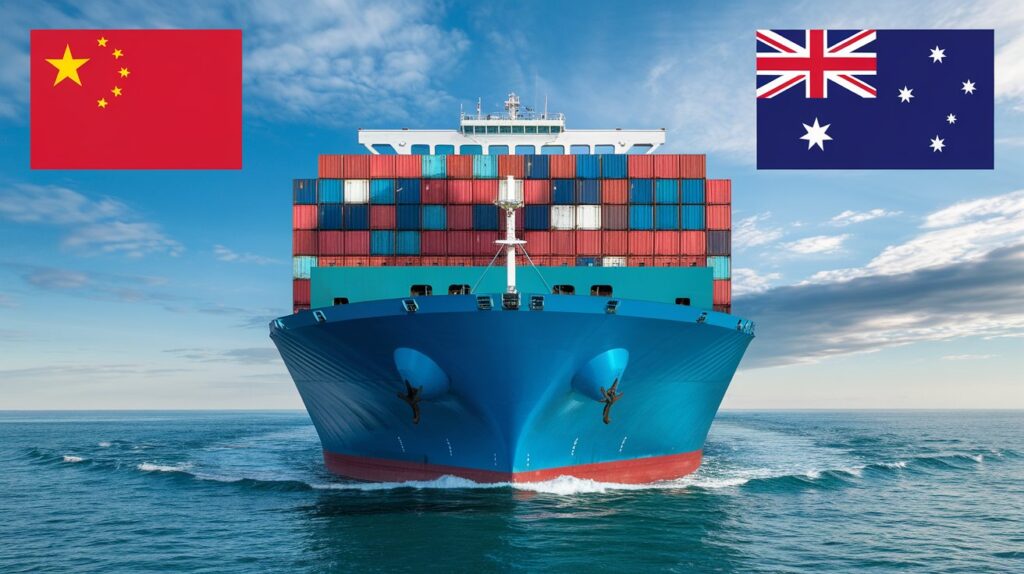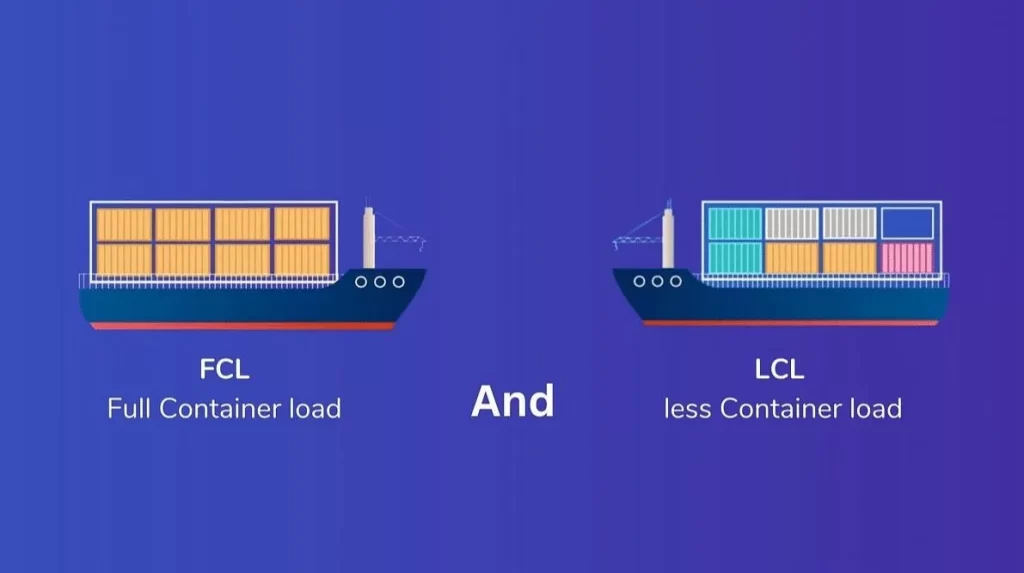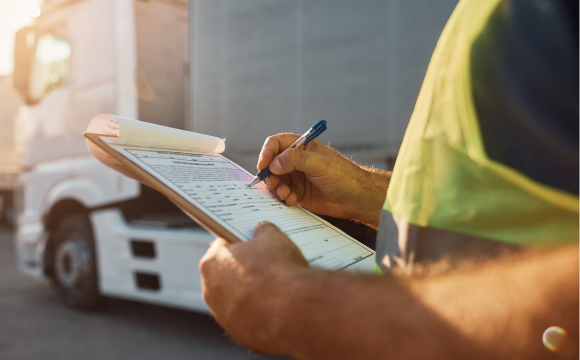- By TOP CHINA FREIGHT
- September 15, 2025
- Shipping
Table of Contents
Shipping freight China to Australia is a vital component for businesses importing goods from Chinese suppliers. Companies often face challenges like fluctuating shipping costs, customs delays, and inconsistent transit times. Proper planning, strategic port selection, and partnering with experienced freight forwarders can optimize costs and streamline deliveries. This guide provides detailed insights into pricing, shipping methods, documentation, transit schedules, and cost-saving strategies for imports from China to Australia.

What factors influence freight charges from China to Australia?
Freight costs are affected by multiple variables, including:
Container type:
Full Container Load (FCL) vs Less than Container Load (LCL).
Origin and destination ports:
Congested ports or remote locations may increase fees.
Cargo characteristics:
Weight, volume, and type of goods matter significantly.
Seasonal fluctuations:
Peak periods may lead to surcharges.
Carrier and fuel rates:
Volatile fuel prices impact overall charges.
Table: Key Factors Affecting Freight Costs
| Factor | Impact on Charges |
|---|---|
| Container Type | FCL usually cheaper per unit than LCL |
| Port Selection | Congested ports increase handling fees |
| Cargo Weight/Volume | Larger/heavier goods cost more |
| Seasonal Demand | Peak season surcharges may apply |
| Carrier & Fuel Rates | Fuel cost volatility affects shipping |
How much does freight China to Australia cost?

Pricing depends on container type, shipment volume, and port selection:
| Container Type | Estimated Cost (USD) | Transit Time | Notes |
|---|---|---|---|
| 20ft FCL | $2,500–$3,500 | 15–25 days | Suitable for medium shipments |
| 40ft FCL | $4,000–$5,500 | 18–28 days | Ideal for large-volume shipments |
| LCL per CBM | $50–$85 | 20–30 days | Best for smaller cargo |
Selecting an experienced freight forwarder can secure competitive rates and optimize delivery schedules.
What is the difference between FCL and LCL shipments?

FCL (Full Container Load):
- Ideal for large shipments.
- Lower cost per unit and faster transit.
- Reduced risk of damage since cargo is isolated.
LCL (Less than Container Load):
- Suitable for smaller shipments.
- Costs calculated per cubic meter.
- Slightly longer transit due to consolidation processes.
Table: FCL vs LCL Comparison
| Feature | FCL | LCL |
|---|---|---|
| Cost | Lower per unit | Higher per unit |
| Transit Time | Faster | Slightly longer |
| Security | High | Moderate |
| Volume Requirement | Full container | Partial shipment |
How do ports and shipping routes affect costs?
Port selection influences both freight charges and transit times:
- Major Australian ports like Sydney, Melbourne, and Brisbane have advanced infrastructure and lower handling fees.
- Smaller or remote ports may increase costs due to limited capacity.
- Direct shipping lines reduce transit time and risk of delays. Transshipment can increase fees and handling risks.
What documentation is required for China to Australia shipments?

Proper documentation ensures smooth customs clearance:
| Document | Purpose |
|---|---|
| Bill of Lading (B/L) | Proof of shipment |
| Commercial Invoice | Declares product value |
| Packing List | Lists cargo dimensions and weight |
| Certificate of Origin | Required for preferential tariffs |
| Import License | For restricted goods |
| Customs Declaration | Provides shipment details to authorities |
How can importers reduce freight charges from China to Australia?
Combine LCL shipments into FCL containers.
Use less congested ports and direct shipping lines.
Ship outside peak periods to avoid surcharges.
Freight brokers can secure better rates.
Minimize volumetric weight and maximize container space.
How long does shipping from China to Australia take?
Transit times vary by ports and shipping method:
| Destination Port | Transit Time | Notes |
|---|---|---|
| Sydney | 15–25 days | Major East Coast port |
| Melbourne | 18–28 days | Key import hub |
| Brisbane | 18–28 days | Southeastern Australia |
| Inland destinations | 20–32 days | Requires trucking from port |
Forwarders help optimize schedules and reduce delays.
Case Study: Retailer Reduces Freight Costs

A retailer importing homeware from China faced high LCL costs and delays. By consolidating shipments into FCL containers, shipping off-peak, and using direct lines to Sydney, the company reduced freight charges by 30% and improved transit times by six days.
How to choose the right freight forwarder for China to Australia shipments?
Key qualities of a reliable forwarder include:
- Expertise with China-Australia routes
- Transparent, itemized pricing
- Customs clearance support
- Access to multiple shipping lines
- Real-time tracking and customer support
Partnering with a competent forwarder ensures cost-effective, secure, and timely shipments.
Conclusion
Shipping freight China to Australia requires careful assessment of container types, ports, routes, transit times, and documentation. Utilizing a skilled freight forwarder can reduce costs, prevent delays, and ensure reliable supply chain operations.
Need a Shipping Quote?
If you want expert guidance and peace of mind, our team is ready to assist.
TJ China Freight offers tailored solutions to help businesses of all sizes ship more reliably from China.

FAQ
Q1:How are freight charges from China to Australia calculated?
Charges are based on container type, cargo weight/volume, port selection, fuel surcharges, and carrier fees. Freight forwarders provide detailed quotes for accurate planning.
Q2:Is FCL better than LCL for large shipments?
Yes, FCL offers lower per-unit costs, faster transit, and enhanced security for high-volume shipments, compared to LCL consolidation.
Q3:How long does sea freight from China to Australia take?
Transit usually ranges from 15–32 days, depending on ports and shipping routes. Consolidation or inland delivery may extend the timeline slightly.
Q4:Can shipping off-peak reduce freight charges?
Shipping outside peak seasons avoids surcharges and port congestion, enabling cost savings and more predictable delivery times.
Q5:Do freight charges include customs duties?
No, freight charges cover transportation. Customs duties, taxes, and port fees are separate and usually managed by a forwarder.
